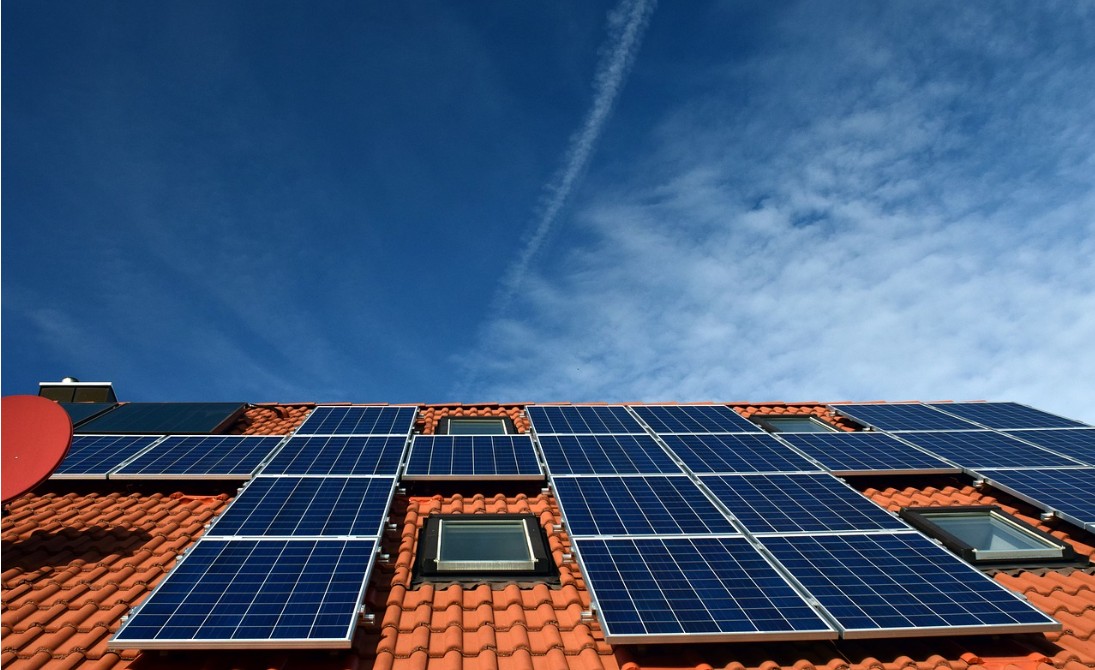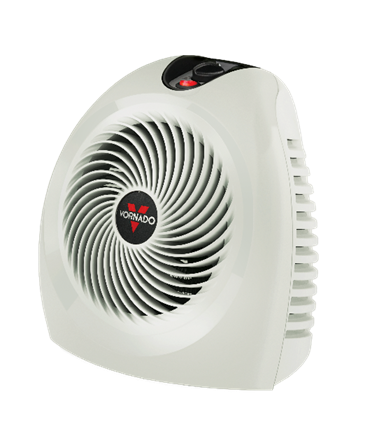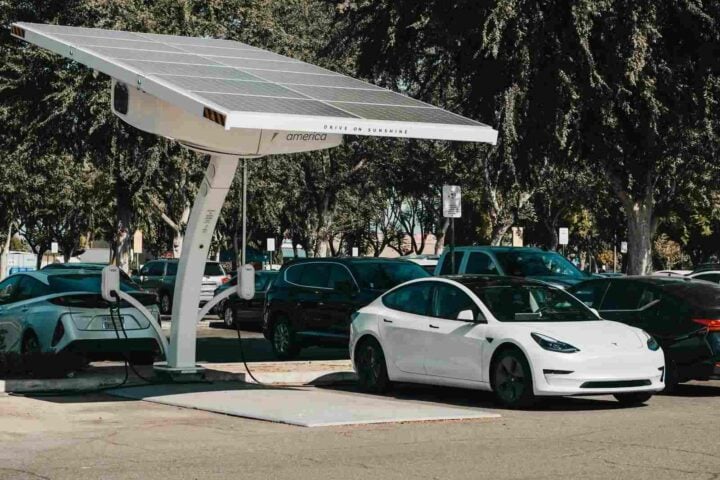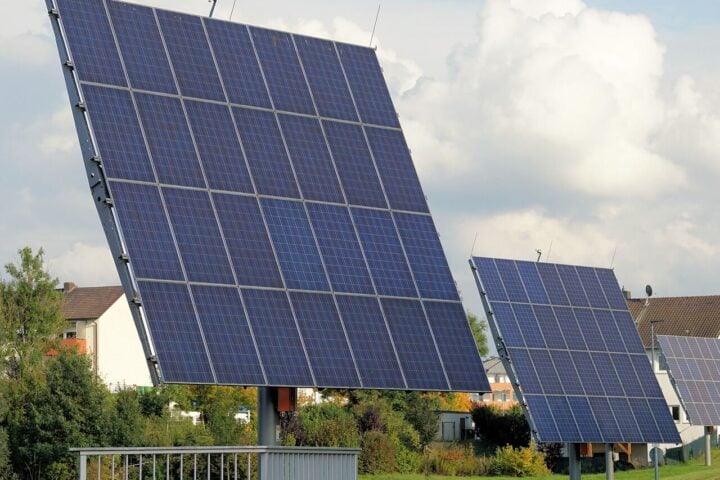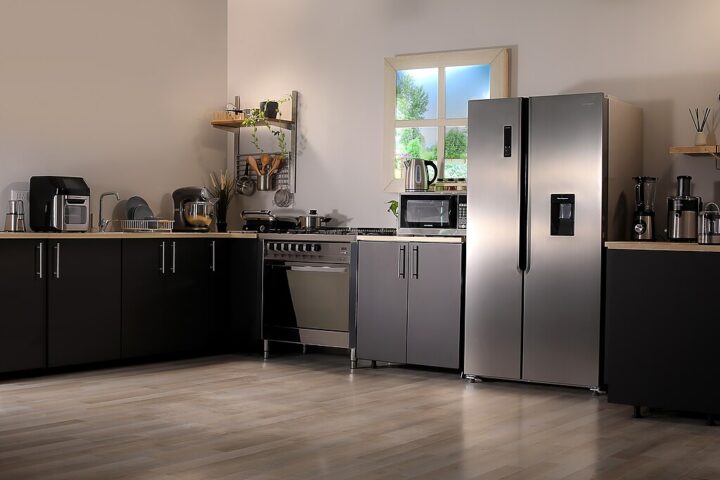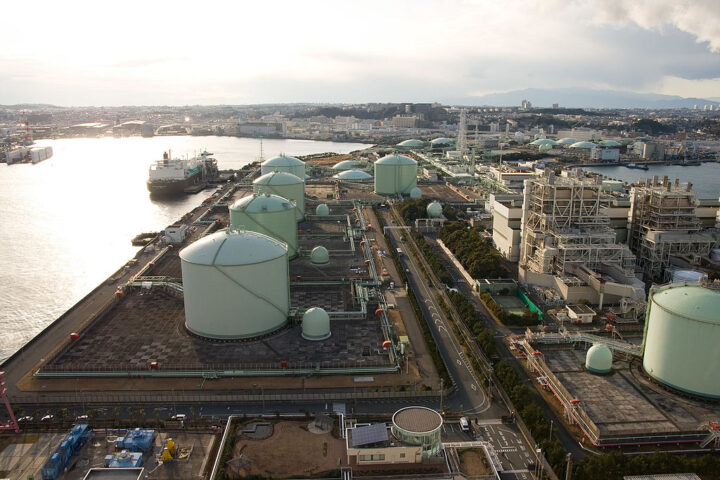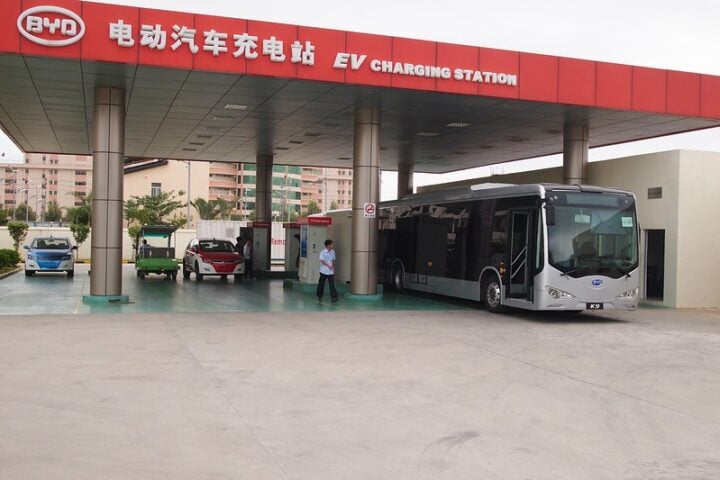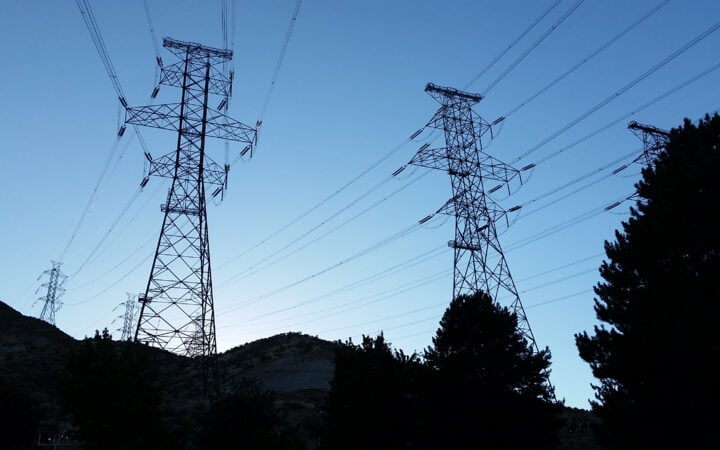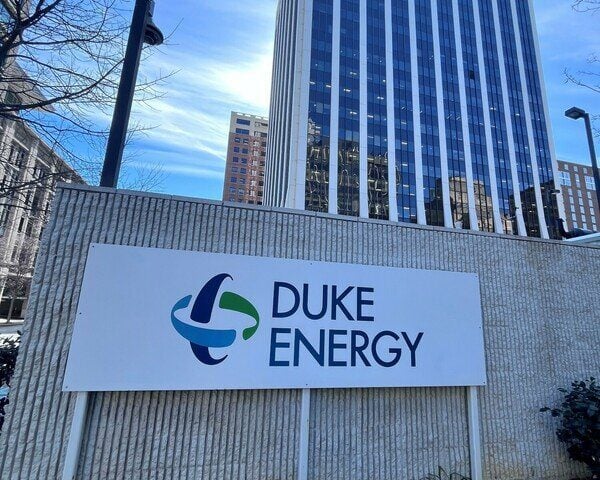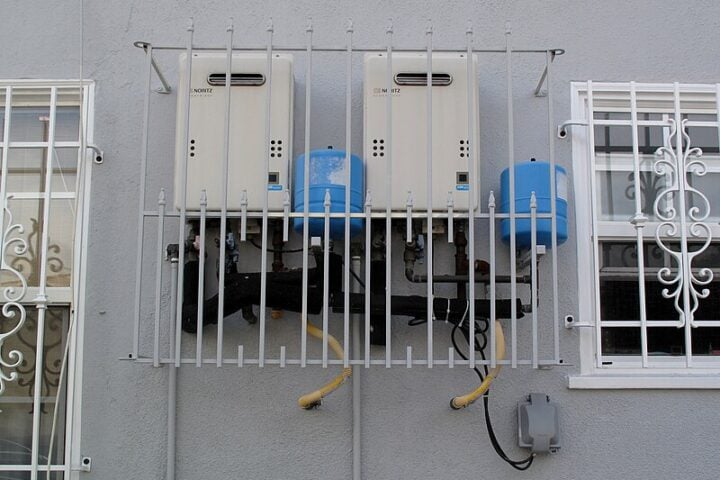Table of Contents
- Types of Solar Systems
- Assessing Solar Potential
- Components of a Home Solar System
- Installation Process
- Costs and Financing
- Maintenance and Efficiency
- Recent Advancements and Trends
- What Experts Think
- Statistics and Future Outlook
- Conclusion
The residential solar power industry has come a long way since the 1950s, when the first silicon photovoltaic cell was produced in the United States. Today, homeowners are increasingly turning to solar energy as a viable option to power their homes, driven by environmental concerns and potential for cost savings. But can a house run entirely on solar power? Let’s dive into the nuts and bolts of residential solar systems.
Types of Solar Systems
There are two primary types of solar systems for homes:
- Off-grid Solar Systems: These systems operate independently of the utility grid and include batteries for energy storage. Components include solar panels, batteries, grid box, charge controller, mounting structures, and balance of system equipment.
- On-grid Solar Systems: Also known as grid-tied systems, these connect to the utility grid. Excess power can be fed back into the grid through net metering, potentially earning credits for the homeowner.
Assessing Solar Potential
Before installing a solar system, homeowners must evaluate their energy consumption and solar potential. Factors to consider include:
- Roof orientation and pitch
- Available roof surface area
- Shading from nearby structures or trees
- Local climate and average number of sunny days
The IEA recommends tailoring solar energy systems to local conditions, including sunlight availability and energy demand. They highlight the importance of integrating battery storage to ensure energy availability during periods of low sunlight.
Components of a Home Solar System
A typical residential solar system includes:
- Solar Panels: Capture sunlight and convert it to DC power.
- Inverters: Convert DC power to AC power for household use.
- Battery Storage: Optional component for storing excess energy.
- Mounting Equipment: Secures panels to the roof or ground.
- Performance Monitoring Systems: Track energy production and consumption.
Installation Process
Installing a solar system involves several steps:
- Site assessment and system design
- Obtaining necessary permits and approvals
- Equipment installation
- Inspection and utility company approval
- System activation
Costs and Financing
The average cost of a solar panel system for a home, including installation, ranges from $15,000 to $35,000. However, various financing options and incentives can make solar more accessible:
- Solar Investment Tax Credit (ITC): Offers a percentage reduction in federal income taxes for newly installed systems.
- State and local incentives: May include additional tax credits or rebates.
- Utility company incentives: Some power companies offer financial incentives for installation.
- Solar leasing programs: Allow homeowners to use solar panels without owning them outright.
Maintenance and Efficiency
Regular maintenance is crucial for optimal performance:
- Cleaning panels to remove dirt and debris
- Checking for damage or wear
- Monitoring system performance
To maximize efficiency, homeowners can:
- Use energy-efficient appliances
- Adjust energy consumption patterns to align with peak solar production
- Consider adding battery storage for improved energy management
Environmental Impact
Switching to solar power can significantly reduce a home’s carbon footprint. According to the U.S. Energy Information Administration, the average American home uses about 10,791 kWh of electricity annually. A properly sized solar system can offset much of this consumption, reducing reliance on fossil fuels.
Recent Advancements and Trends
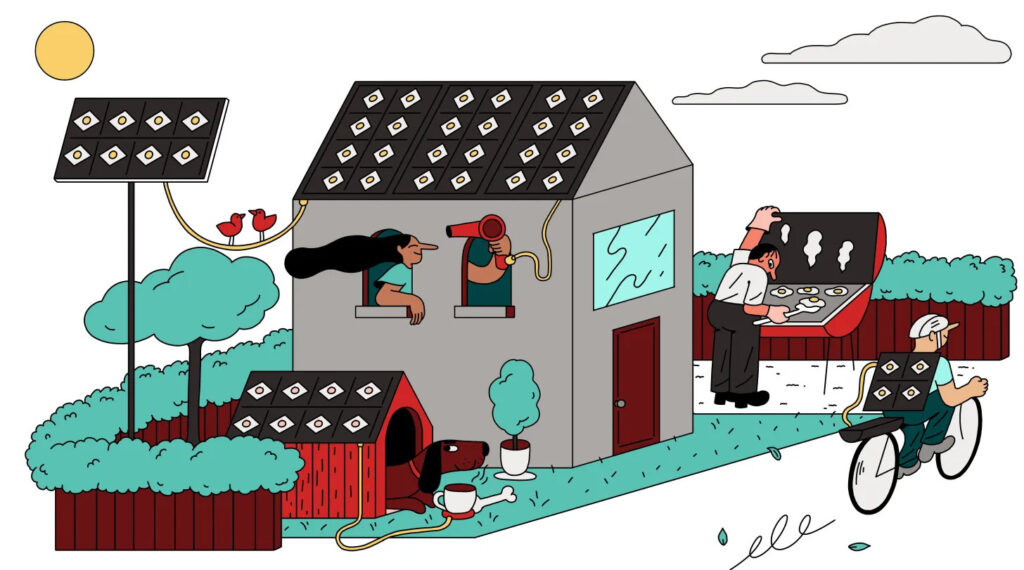
The solar industry continues to evolve:
- Silicon-based solar cells have efficiencies below 30%, perovskite-only cells around 26%, and perovskite tandem cells have surpassed 33% in lab tests.
- Integration with smart home systems: Allows for better energy management and automation.
- Aesthetically pleasing designs: Solar shingles and other low-profile options are gaining popularity.
What Experts Think
The International Energy Agency (IEA) projects the growth of home solar systems and presents a very promising picture. ”The number of households relying on solar PV grows from 25 million today to more than 100 million by 2030 in the Net Zero Emissions by 2050 Scenario (NZE Scenario). At least 190 GW will be installed from 2022 each year and this number will continue to rise due to increased competitiveness of PV and the growing appetite for clean energy sources,” the IEA explains.
The National Renewable Energy Laboratory (NREL), studied the vast potential of Low-and-Moderate Income (LMI) Households in solar energy generation. As per their report, “1,000 terawatt-hours per year of DPV (Distributed Photovoltaics) generation potential exists on all residential building stock in the United States. Partitioned by income, 42% of overall technical potential exists on LMI-owned or LMI renter-occupied buildings.”

In a presentation, Executive Director of the IEA, Dr. Fatih Birol, stated, “We can now crown solar as the new king of global electricity markets because only last year half of the power plants installed in the world was solar. Other half, everything else put together—coal, plus gas, plus nuclear, plus wind, hydro—50 percent. Solar alone, 50 percent.”
Statistics and Future Outlook
The residential solar market is growing rapidly:
- The U.S. residential solar market grew 11% in 2020 despite the COVID-19 pandemic.
- “The total U.S. solar fleet is expected to nearly quadruple from 177 GW installed at year-end 2023 to 673 GW by 2034.”1
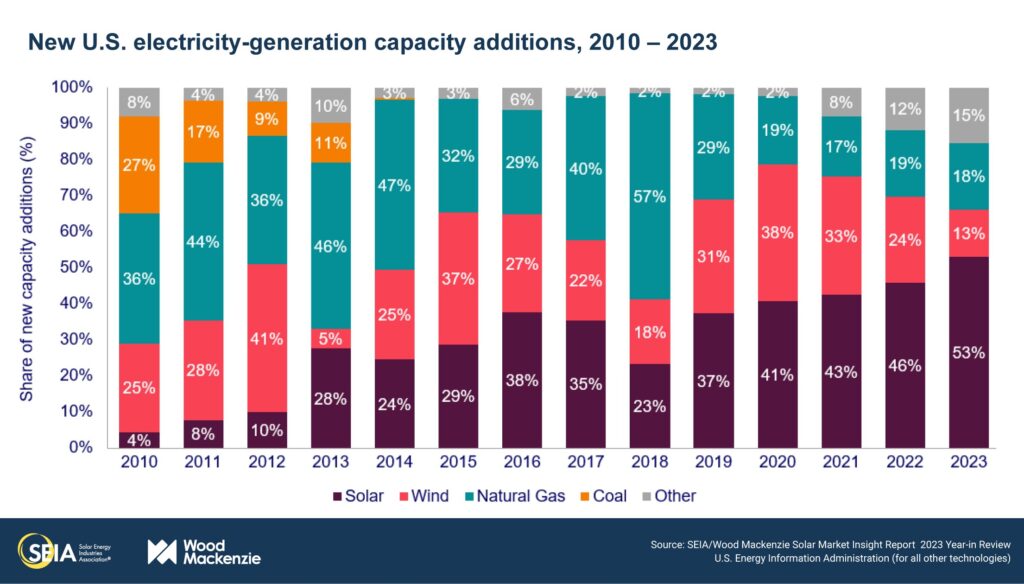
- – “The U.S. residential solar market saw significant growth, with installations reaching approximately 3.9 gigawatts in 2021, up from 2.9 gigawatts in 2020.”2
Conclusion
While powering a house entirely with solar energy is possible, it requires careful planning, significant upfront investment, and consideration of local factors. As technology improves and costs continue to decrease, solar power is becoming an increasingly attractive option for homeowners looking to reduce their energy bills and environmental impact.
